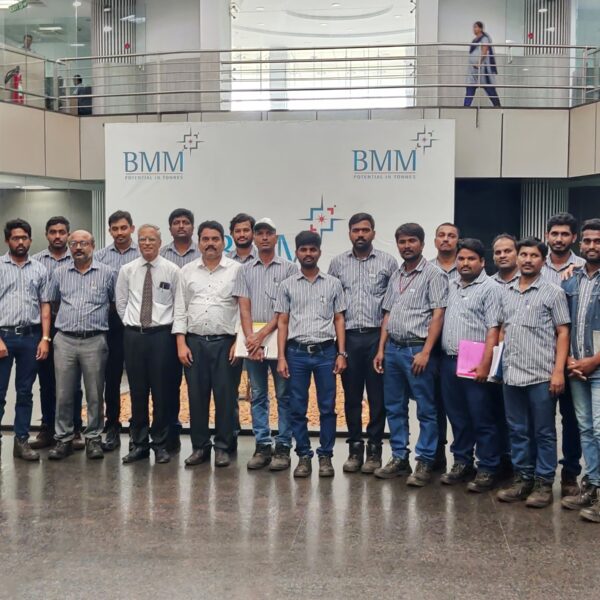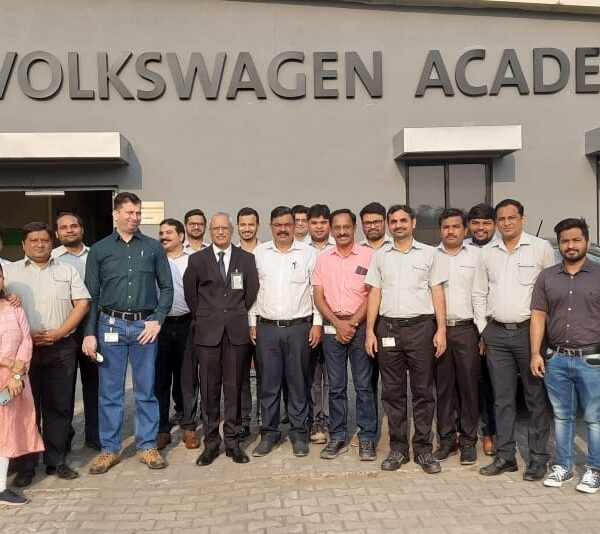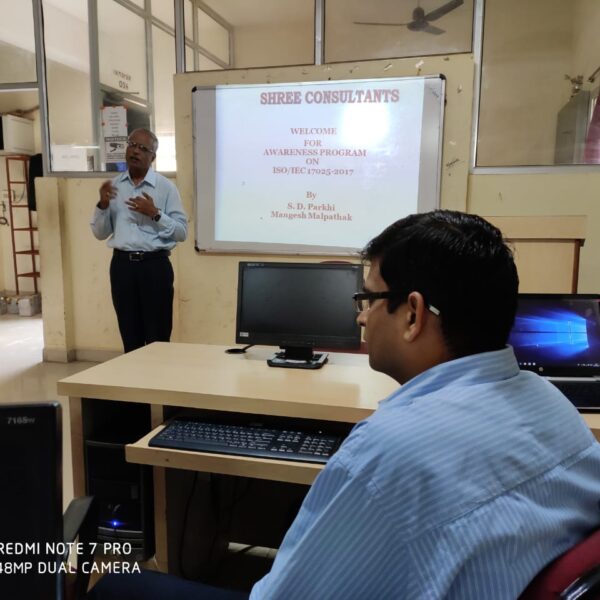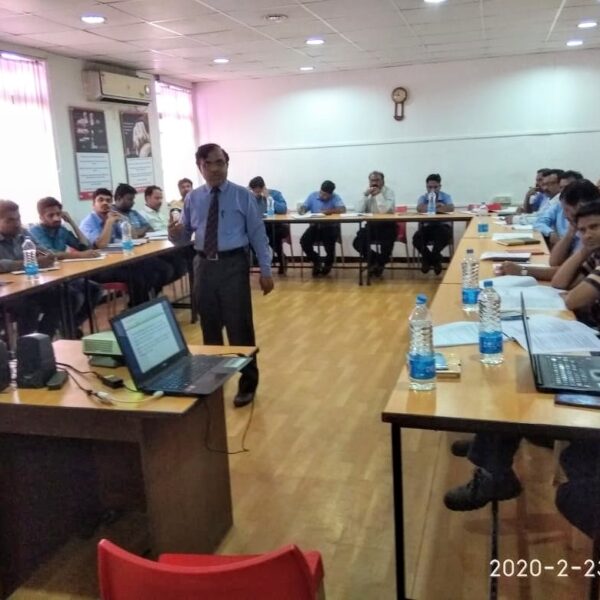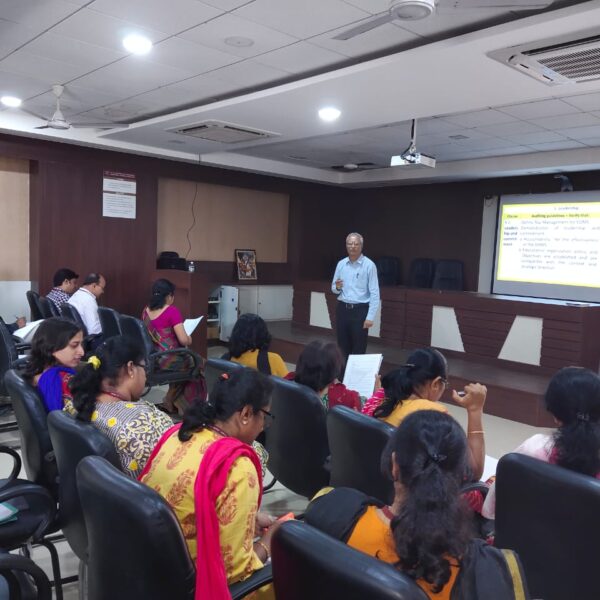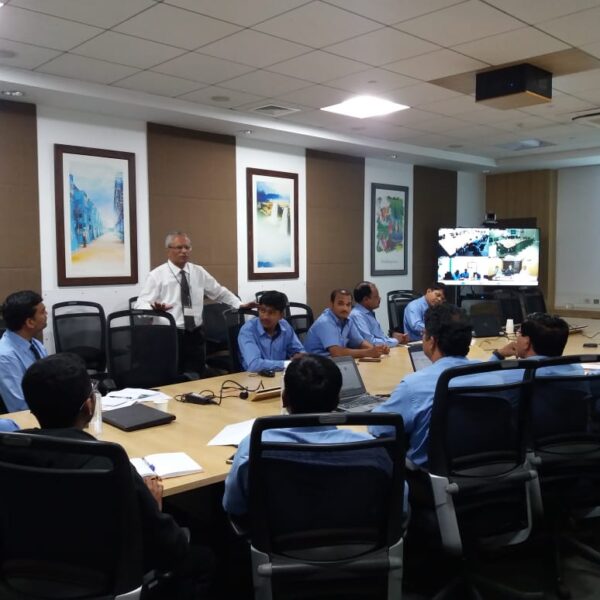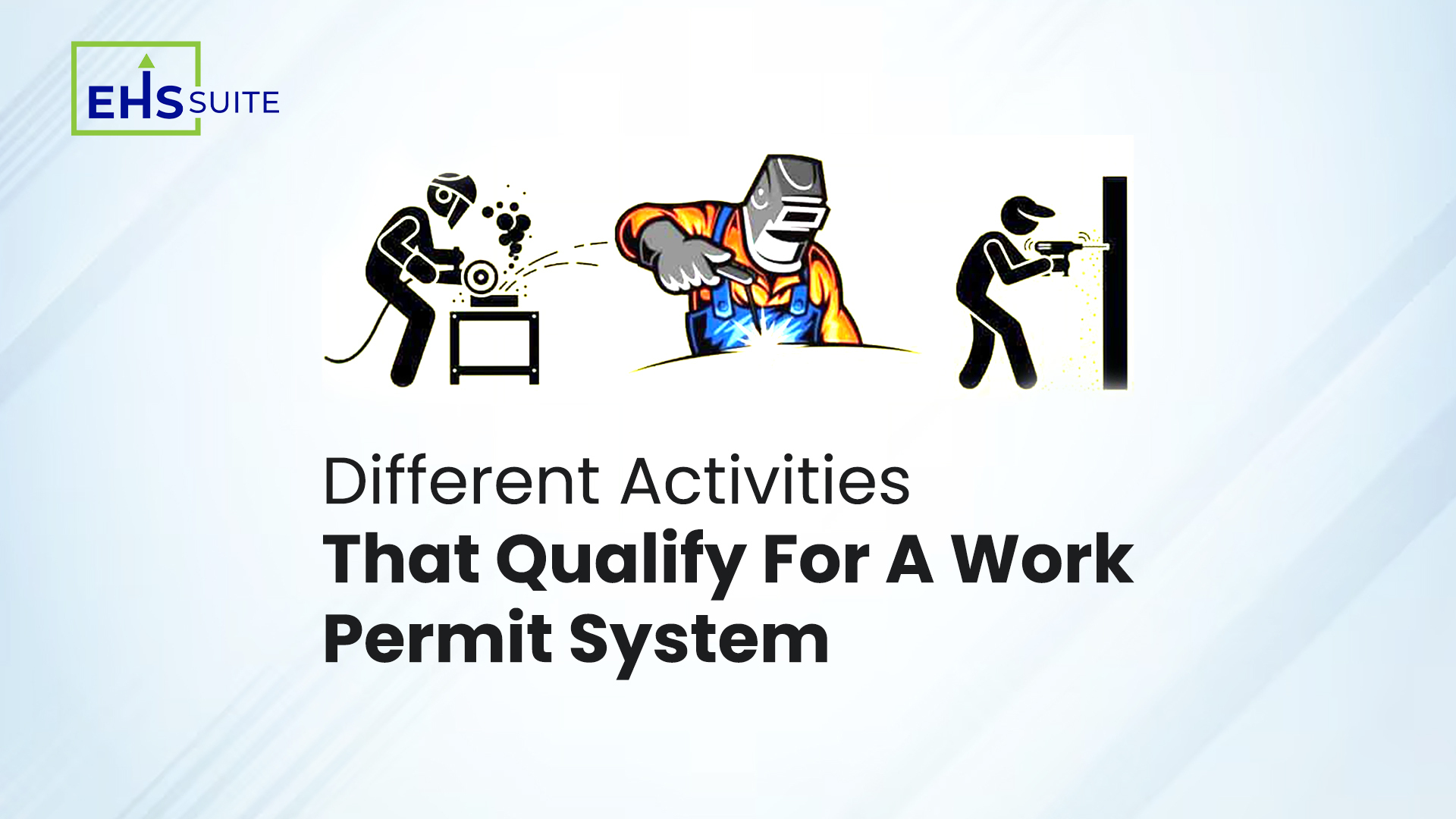Different Activities That Qualify For A Work Permit System
What is a Work Permit System and why is it required?
Permits to work are specific authorizations defining the safety protocols and procedures required for a given task. These specialised permits are essential for maintaining a safe and compliant work environment, particularly when dealing with tasks like cold work, hot work, work at height, excavation sites, etc. that pose unique risks or require specialised expertise. By enforcing stringent safety measures that these permits suggest and documentation, organisations can protect the well-being of their workforce and the integrity of their operations. Work permit systems also create an audit trail for monitoring safety performance and helping to identify areas for improvement. Additionally, they provide the necessary framework for investigating accidents and incidents, ensuring that proper action is taken to prevent future incidents.
The risk of fatal accidents in construction, manufacturing, power plants, and mining is very high. In order to facilitate a safe working environment, strict compliance with work permits is required. Construction as well as manufacturing sites are inherently hazardous due to heavy machinery, tools, heights, and various potential risks. The work permit system is used to control equipment maintenance and servicing, ensuring that machines are safely shut down and isolated during maintenance to prevent injuries. The utility sector, including electricity generation and distribution, requires work permits for tasks involving electrical systems and high-voltage equipment. In all these sectors, work permits play an important role in providing a structured approach to identifying hazards and implementing control measures ultimately protecting the well-being of workers and the public.
Activities that Require a Work Permit:
Let us go through the details of work permits for different works:
1. Cold Work
Cold work refers to activities or tasks that do not generate sufficient heat or energy to ignite or trigger flammable gases or substances in the surrounding environment. Cold work activities are typically non-intrusive and do not involve welding, cutting, grinding, or other heat-producing processes. The following activities qualify as cold work:
- Erection/removal of scaffolding and insulation of equipment;
- All paintings at temperatures below 50 ºC;
- Routine instrument repair, instrument greasing, and lubrication;
- Work on equipment like DCS panel, UPS, and inverters;
- Excavation, digging, removing soil, chipping & grading, to a depth less than 30cm deep
- Hydro-jetting, online sealing;
- Sandblasting;
- Use of portable electric tools and appliances in areas other than plant operating areas;
- All inspection and test work performed by employees.
2. Hot Work
Hot work refers to activities or tasks that involve processes capable of producing heat, sparks, or open flames that can ignite flammable or combustible materials in the surrounding environment. These activities are considered high-risk and require specific safety measures to prevent fires, explosions, and other hazardous incidents. Hot work includes a wide range of operations that generate heat or sparks, making it a potential fire hazard. The hot work system includes the following activities:
- Welding, grinding, burning, soldering, brazing, blasting, gas cutting, chipping with spark-producing tools, using open flames, melting tar, creating any type of electrical arc, and using hot plates;
- Hacksaw cutting on equipment, line, or vessel of hydrocarbon services;
- Any vessel or equipment that contained explosive, corrosive, or toxic material and removed from service for cleaning, repairing, maintaining, or discarding in or around the workshop to a location where “Hot Work” is already permitted;
- Use of power tools, such as a pneumatic concrete breaker, equipment powered by internal combustion engines, etc., inside hazardous locations.
- Use of non-flameproof electrical devices, such as cameras, cellphones, non-intrinsically safe radio pagers, etc;
- On-the-line leak sealing (if includes hot work like drilling, etc) in pipelines and equipment, hot tapping involving welding and drilling in pipelines, and pressure spray painting;
The following jobs though not qualify as hot jobs as per definition, require a permit to work:
1) Work involving radioactive sources: The isolation or restoration of a radioactive source including the use of mobile X-ray/radiography equipment.
2) Work beneath or adjacent to uninsulated electrical power cables (for example, LT, HT lines) within a 3.0 m radial distance.
3. Confined space / Vessel entry
A confined space is a place not intended for ongoing human occupancy. It is spacious enough for a person to physically enter and carry out the task at hand. It may or may not be enclosed and has few or restricted entry and exit points. Potential hazards in confined spaces include the buildup of toxic or flammable gas or vapour, inert gas, low oxygen levels (20% v/v), flooding with liquid or steam, the creation of hazardous conditions, and oxygen deprivation. Confined space includes the following which requires a work permit system:
- Tanks, columns, reactors, oil/water sewer pits, coolers, condensers, reservoirs, pipelines, tanker trucks, skirts of columns and vessels, floating roof decks, ducts, pits, tunnels, etc;
- Column skirts, large-diameter pipelines, storage tanks, spheres, bullets, bins, silos, sumps, trenches, pits, sewers, furnaces, flare stacks, gas turbine chambers, and underground service lines.
- Work in open-type vessels deeper than head level, boiler drums, surface condensers, flue ducts, Heating ventilation and air conditioning ducts, false ceilings and floors, deck of floating roof tank, etc, where deficiency of oxygen or presence of toxic/flammable gases is likely and/or the access is difficult during maintenance/ inspection work.
4. Excavation
An excavation permit to work is typically required for digging or excavating below a certain depth, such as 30 cm, as digging below the surface can expose workers to risks like cave-ins, falling debris, and gas or electrical lines. An excavation permit is required for the following primary reasons:
- Safety: Excavation work can be hazardous. The permit process helps ensure that proper safety measures are in place, reducing the risk of accidents like falling into excavation sites, getting captured by soil, explosions, exposure to harmful airborne substances, and mishappening due to failure of support systems.
- Utility Identification: Underground utility lines, such as gas, water, sewage, and electrical lines, are often hidden beneath the ground.
- Quality Control: Inspections and reporting requirements are frequently part of the permitting process. These steps assist in ensuring that excavation work is done to a set standard, lowering the possibility of poor or mediocre work
5. Electrical Work
Positive isolation of electrical energy from power-driven equipment is crucial for doing electrical work. For electrical work, a separate electrical permit to work must be issued. The specific activities that qualify for an electrical work permit may vary by location and organisation, but here are common examples of activities that often require an electrical work permit:
- Electrical Installations: Installing, modifying, or extending electrical circuits, outlets, switches, and fixtures includes both high and low-voltage installations.
- Testing and Troubleshooting: Performing tests and troubleshooting on electrical systems and equipment to identify and rectify faults or issues.
- High Voltage Work: Activities involving high-voltage electrical systems, transformers, substations, or other high-energy electrical equipment.
- Work in Hazardous Areas: Work conducted in environments with potentially explosive atmospheres or other hazardous conditions.
- Electrical Work Near Water: Electrical work in or around water, such as swimming pools, fountains, or damp environments.
6. Work at Height
A work permit system for jobs involving work at height is often referred to as a “working at height permit”. It is essential to ensure the safety of workers who will be working at elevated positions generally, working at heights greater than 1.8 m or 6 feet where the risk of falling is present.
- Scaffolding: Erection, use, and dismantling of scaffolding for construction or maintenance work.
- Tower Work: Working on telecommunication or transmission towers, including installation, repair, and maintenance.
- Elevator Maintenance and Installation: Work on elevators or escalators, which can involve tasks at height when installing or servicing elevator systems.
- Industrial Maintenance: Maintenance tasks performed on industrial equipment, machinery, or structures located at heights, such as manufacturing plants.
7. Radiography
Isolation and restoration of a radioactive source are indeed essential safety measures when performing radiography on pipelines and equipment. Radiography is a non-destructive testing method that uses ionising radiation to inspect the integrity of materials, such as welds, pipes, and other structural components. To ensure the safety of personnel and the environment a separate permit that is a radiation permit shall be issued for works related to radiography. Reasons why this permit-to-work system is essential:
- Radiation Safety: The primary and most critical reason for issuing radiation permits is to ensure the safety of individuals who work with or are exposed to ionising radiation. Permits outline safety measures and procedures that must be followed to minimize the risk of radiation exposure, which can have harmful health effects.
- Radiation Dose Limits: Permits establish and enforce dose limits for workers and the public. These limits help protect individuals from receiving excessive radiation exposure, which can have both immediate and long-term health effects.
- Equipment Safety: Radiation permits often require regular maintenance and calibration of radiation-emitting equipment to ensure they are functioning properly and producing accurate results without excessive radiation exposure.
Conclusion
Issuing relevant permits to work is one of the most crucial safety-ensuring archives necessary at any workstation. They secure the necessary protocols and safety measures that safeguard the lives of employees as well as have a quality check of equipment handling used in the process. Work permit systems specify a range of activities that qualify for issuing a legitimate permit to work before they initiate on a site, in order to avoid hazards from high-risk activities. These activities are classified under many different areas like hot work, cold work, work at height, excavation, electrical work, and many more that involve working with risky substances and hazardous conditions.

